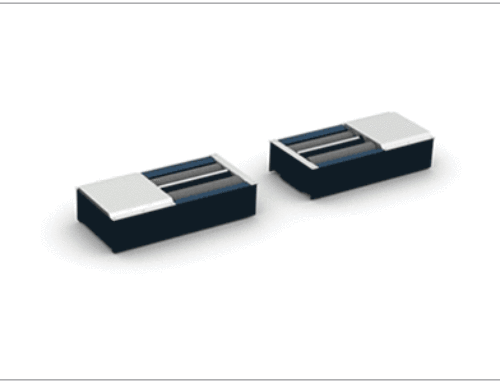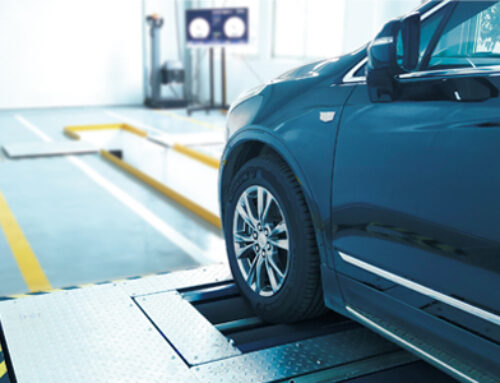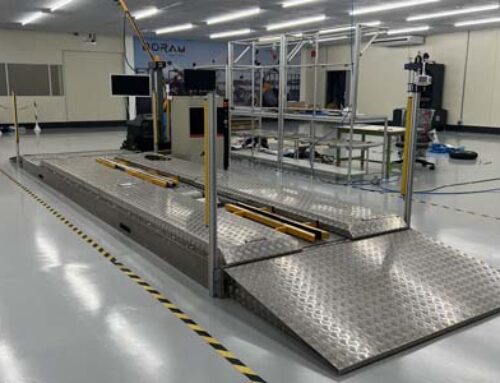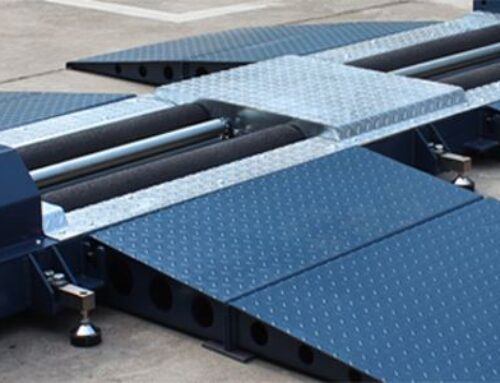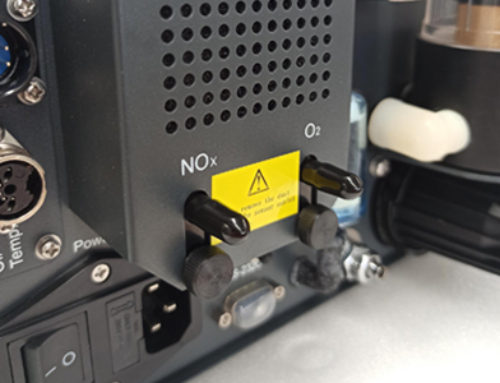Sideslip Test is used to detect the deviation value of the vehicle during driving, which is measured in m/km, which means how many meters of deviation per kilometer. There are two types on the market, one is a single-plate and the other is double-plate. Both simulate real road surfaces, and when the vehicle travels in a straight line through the plate, to record the maximum distance of the Sideslip Tester slide inward or outward, this value is called the Amount of Sideslip.
The working principle of the Single-plate Sideslip Tester is that when one side wheel of the vehicle passes over the plate, the other wheel is used as a reference to obtain the slip value.
While for Double-plate Sideslip tester, the working principle is when the vehicle drives over the plate, no matter which plate slides, the other side will also mirror the slide, for example, when the left plate outward, the right plate outward, and the tires on both sides of the vehicle expand outward. In the same way, when the left plate inward, the right plate inward, and the tires on both sides of the vehicle shrink inward. The extension or contraction distance value is taken as the amount of slip for the entire axle.
Whether it is a single-plate or a double-plate, it can truly reflect the amount of sideslip of the vehicle. While the common Sideslip Testers on the market are mostly Single-plate Sideslip Testers, and only a few regions in China or Southeast Asia use double-plate type. Advantages of Single-plate Sideslip Testers:
Simple structure and cost-effective
Easy maintenance
Simple to transport and install


